Data
When tracing our origins back to the Big Bang, the transition from a three element (H, He, Li) Universe, to a chemically diverse cosmos of 82 long-lived elements, stands out in significance.
One goal of JINA-CEE is to explore the open questions surrounding this transition, including:
- What are the nuclear reactions and stellar environments producing the isotopes in the first billion years and how can we study these processes in the laboratory?
- What are their individual contributions?
- How do these nuclear and astrophysical processes interact and evolve as the abundance levels increase?
Research News
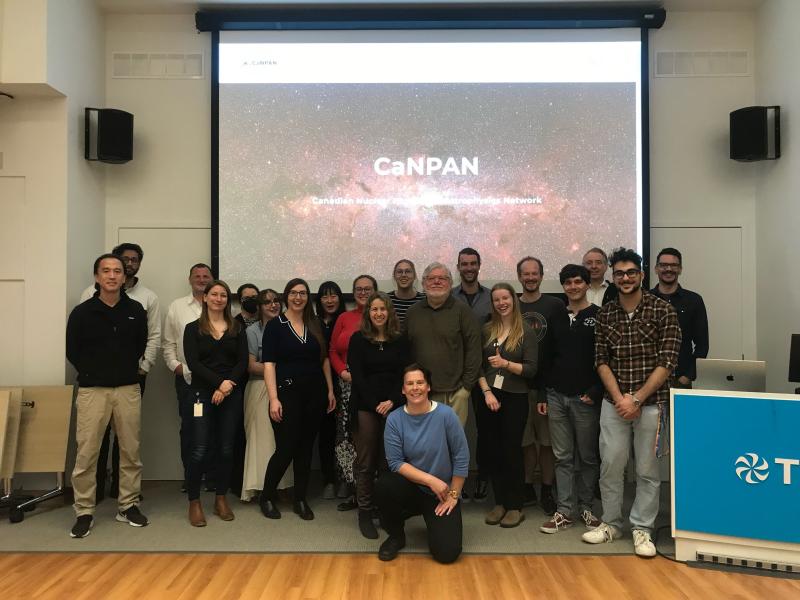
CaNPAN Hosts 2024 Annual Meeting at TRIUMF
May 14, 2024
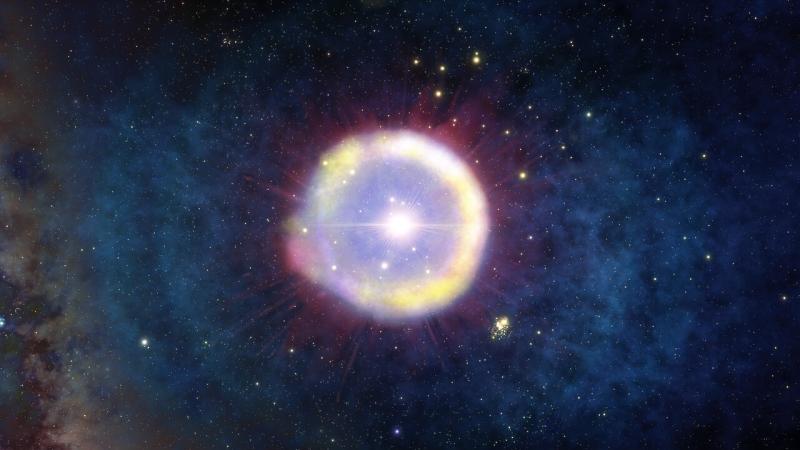
Astrophysicists find evidence for the presence of…
Oct 03, 2022
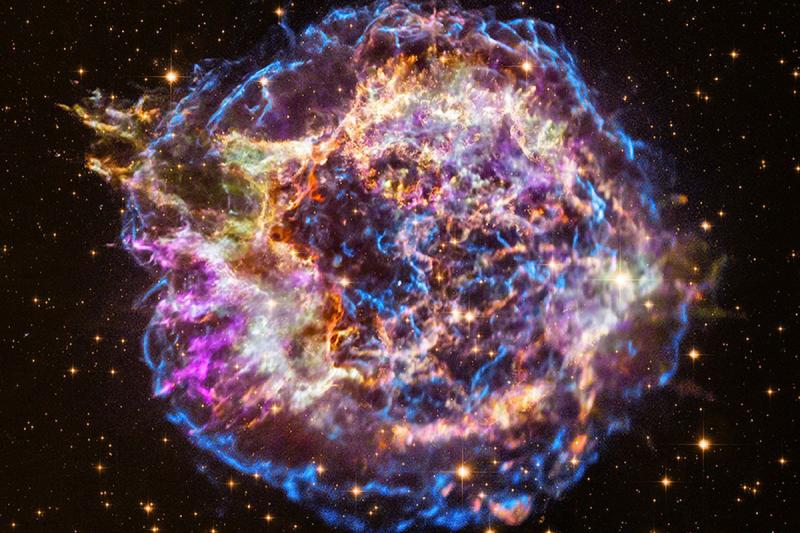
Reconstructing Supernova Explosions with Physics-B…
Dec 20, 2021
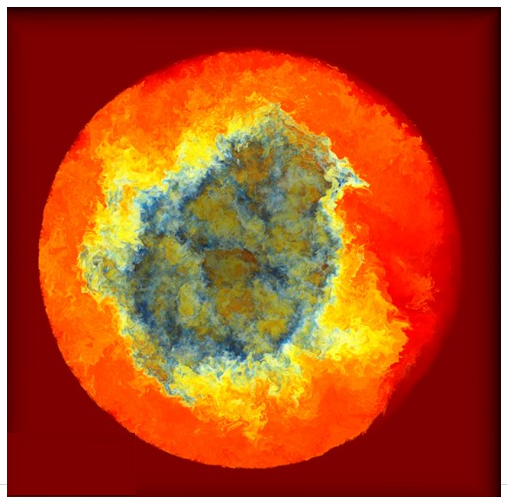
State-of-the-Art i-process Simulations and the Que…
Dec 20, 2021
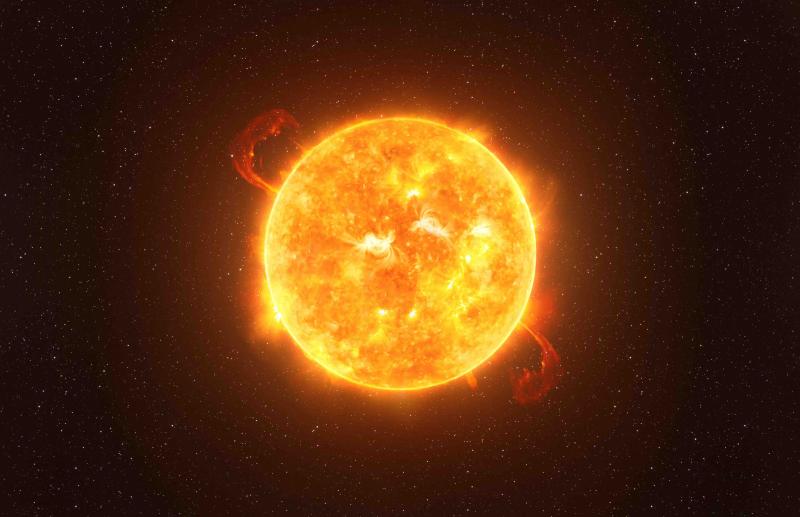
The Status and Future of Direct Nuclear Reaction M…
Dec 20, 2021
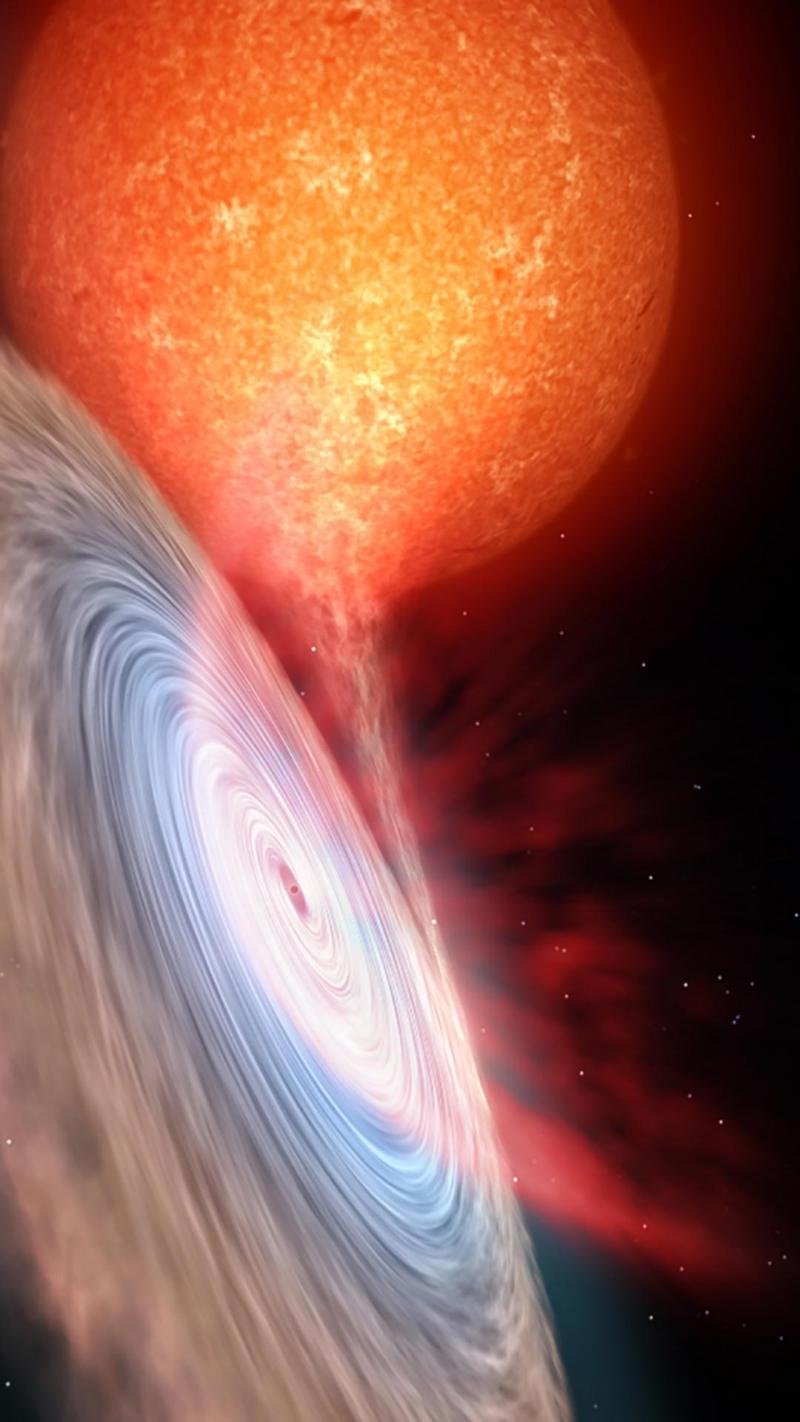
JINA-CEE Newsletter (August 2021)
Aug 09, 2021
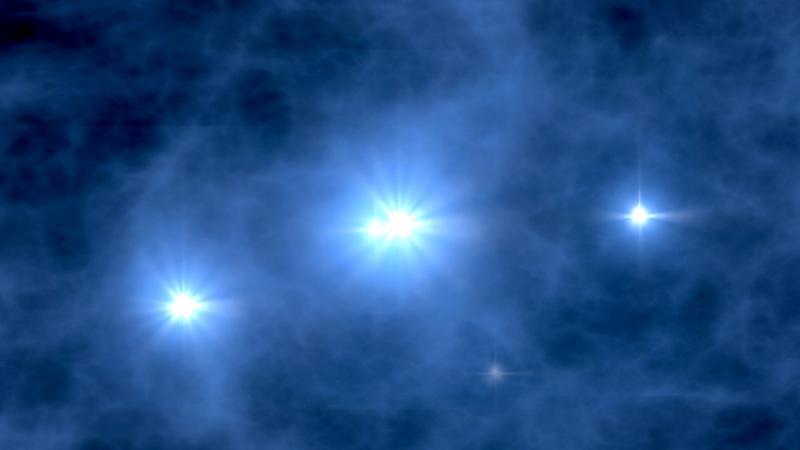
The 19F(p,g)20Ne and 19F(p,a)16O Reaction Rates an…
Jun 01, 2021

Research Shows Chemically Unique Metal-poor Stars…
May 10, 2021

JINA-CEE Newsletter (March 2021)
Apr 05, 2021
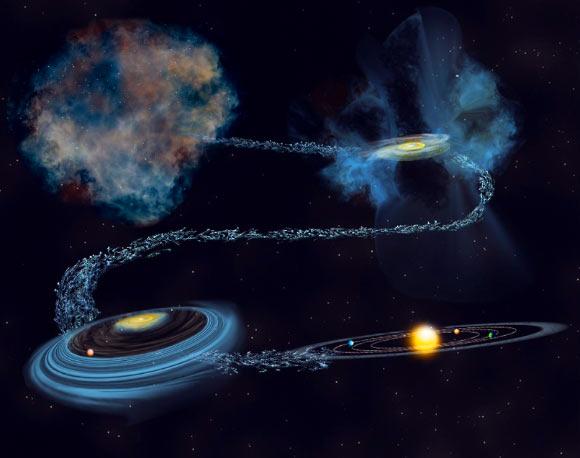
Meteorites Remember Conditions of Stellar Explosio…
Feb 26, 2021
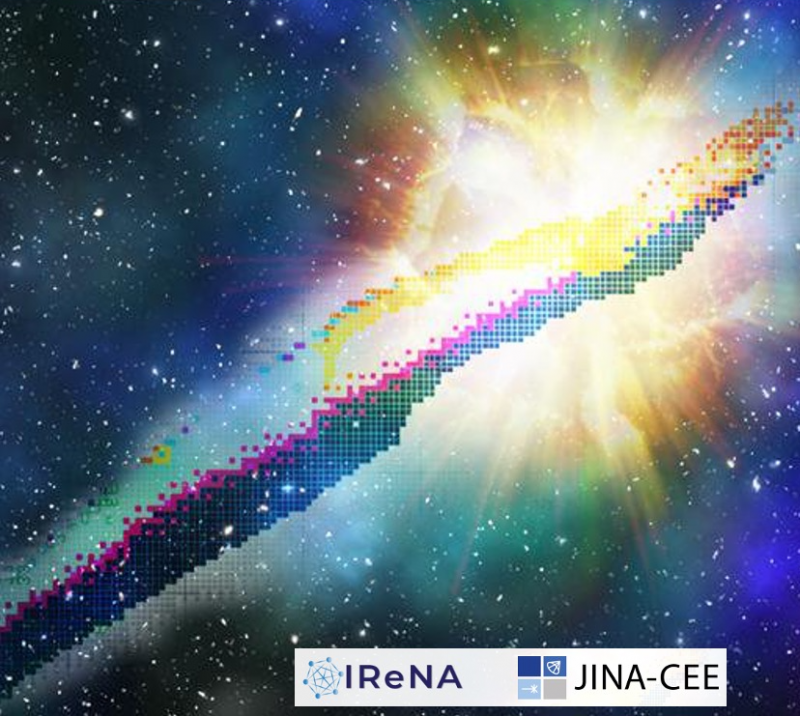
JINA Horizons
Jan 21, 2021

JINA-CEE Newsletter (December 2020)
Jan 13, 2021

Supernova Surprise Creates Elemental Mystery
Dec 03, 2020

Supernova light curves and spectra: Results from a…
Nov 06, 2020
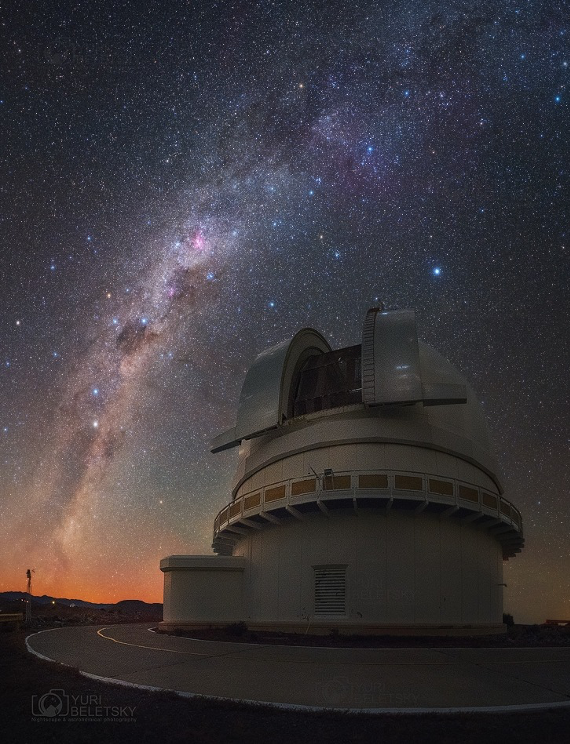
The R-Process Alliance is Decoding the Mysteries o…
Jul 17, 2020
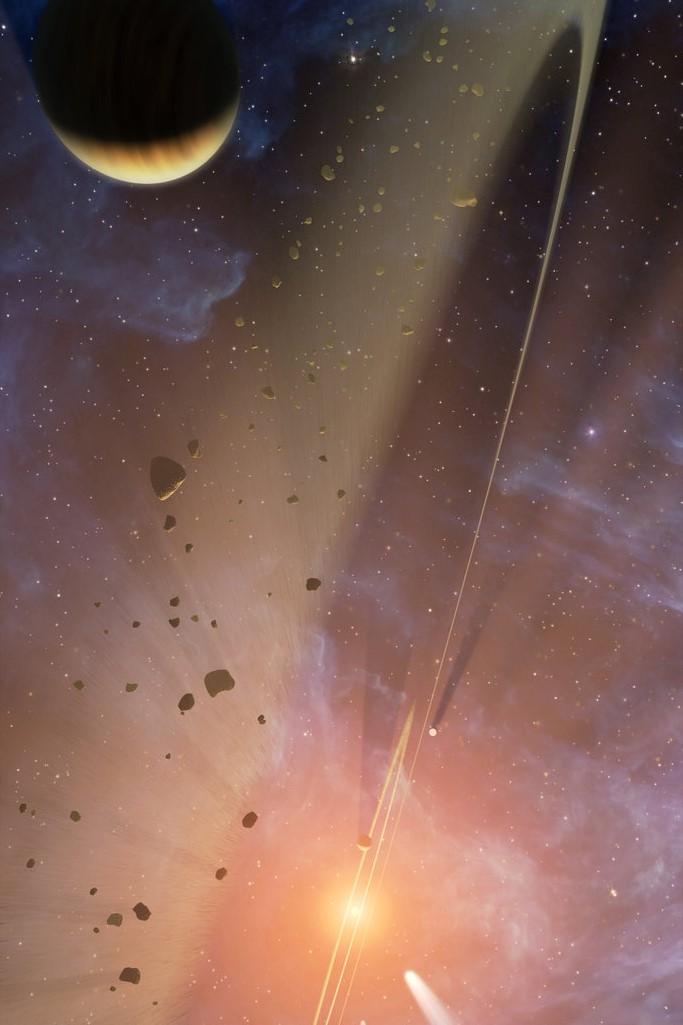
JINA-CEE Newsletter (June 2020)
Jun 16, 2020
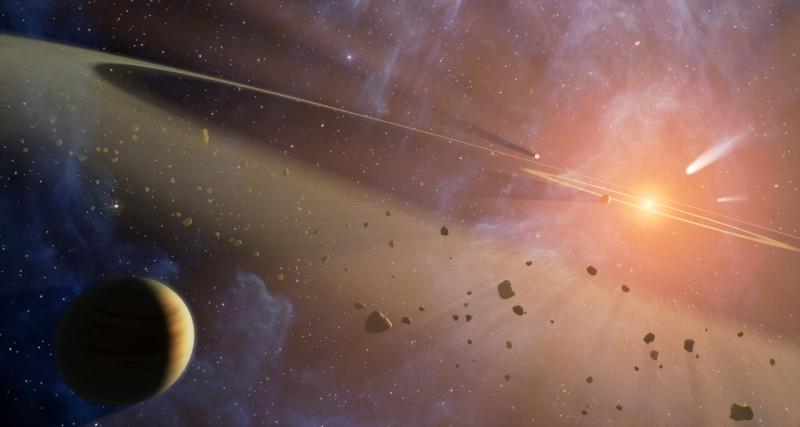
Using a nuclear accelerator to hunt for exoplanets…
May 22, 2020
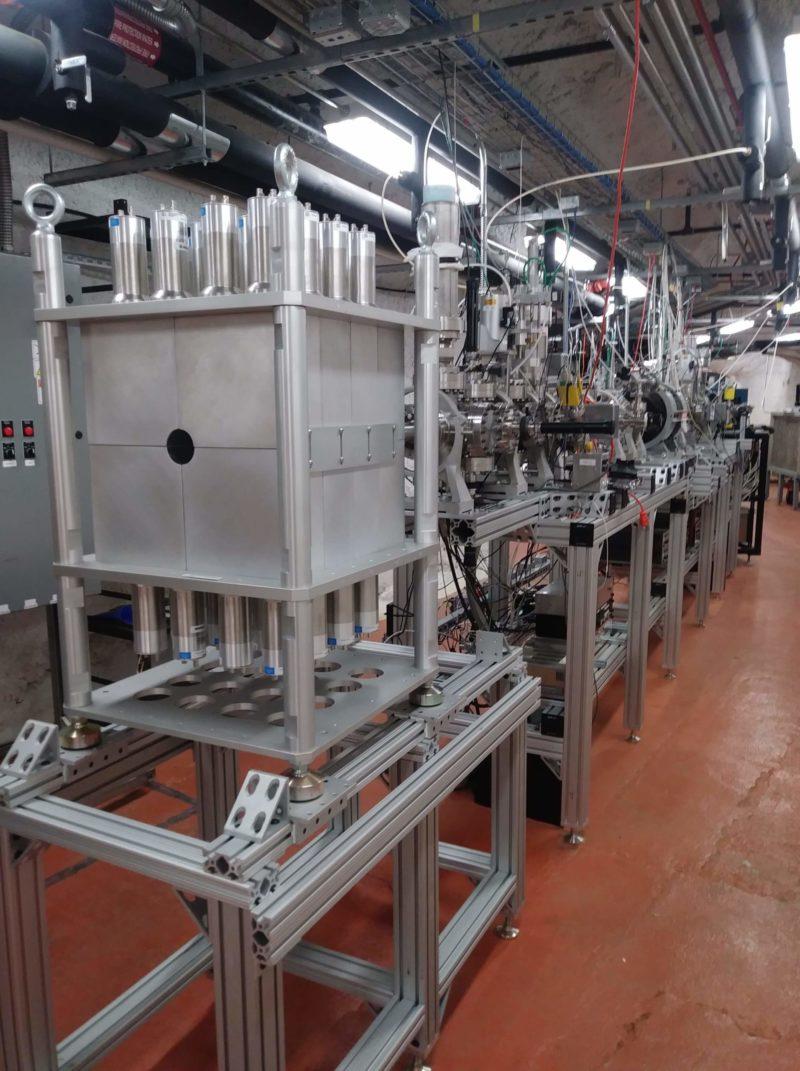
Underground laboratory CASPAR successfully complet…
Apr 30, 2020
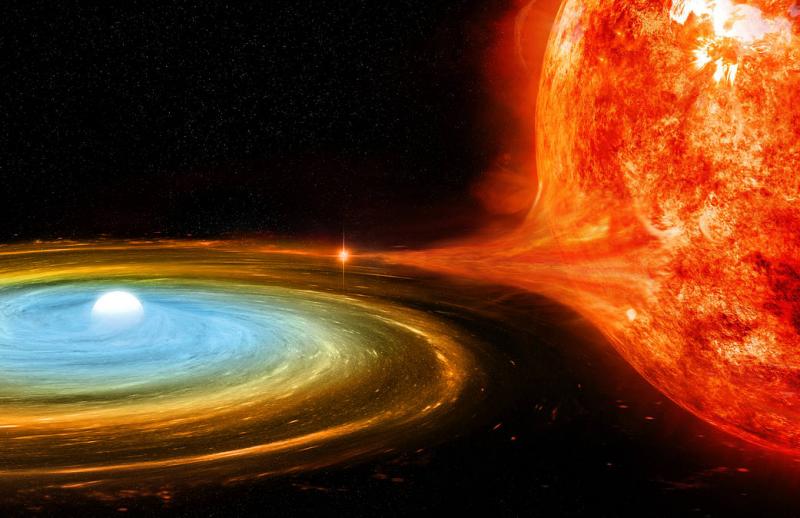
Composition and ashes of Type I X-ray Bursts are a…
May 01, 2020

JINA-CEE Newsletter (December 2019)
Jan 09, 2020
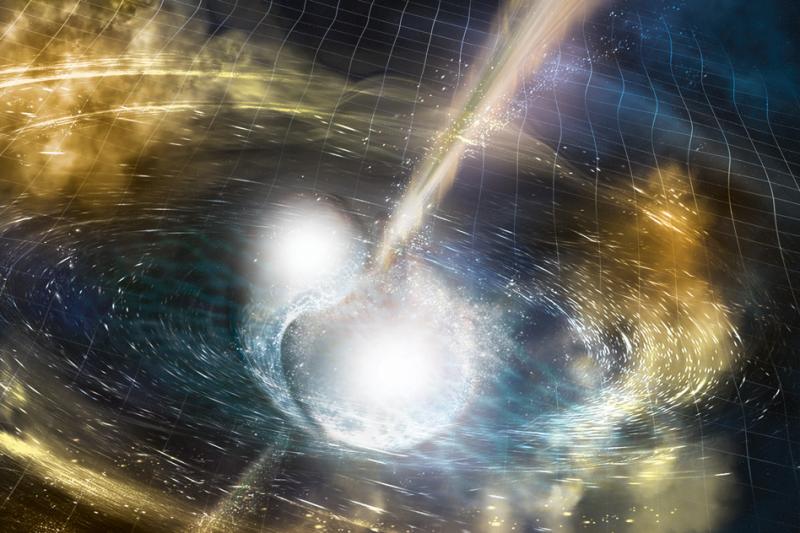
Traces of Gold in Early Universe
Jun 21, 2019
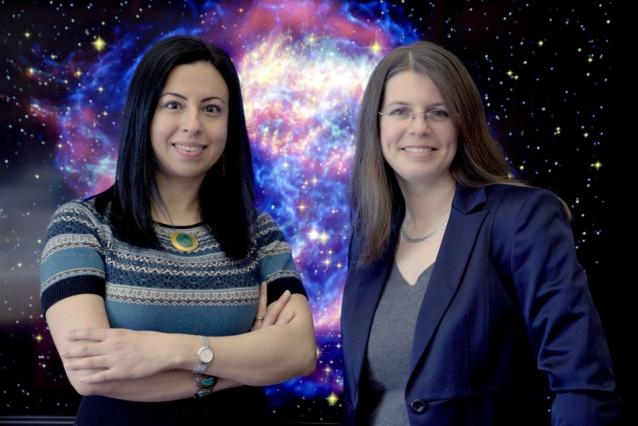
Explosions of universe’s first stars spewed powerf…
May 08, 2019

CASPAR secures funding to continue operations
Sep 30, 2019
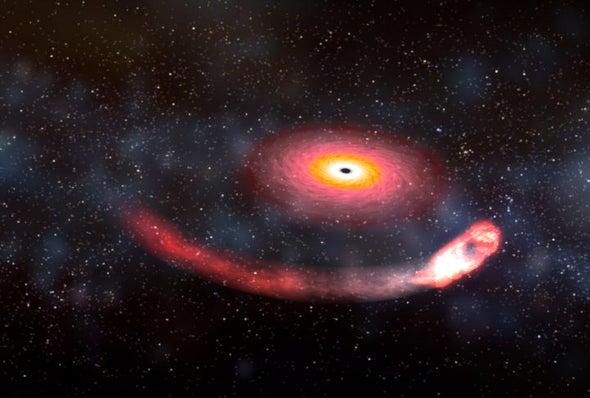
JINA-CEE Newsletter (September 2019)
Sep 16, 2019
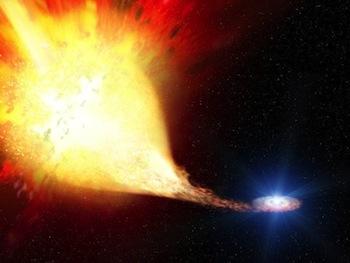
Rapidly-Accreting White Dwarfs and the i-Process i…
Oct 31, 2018
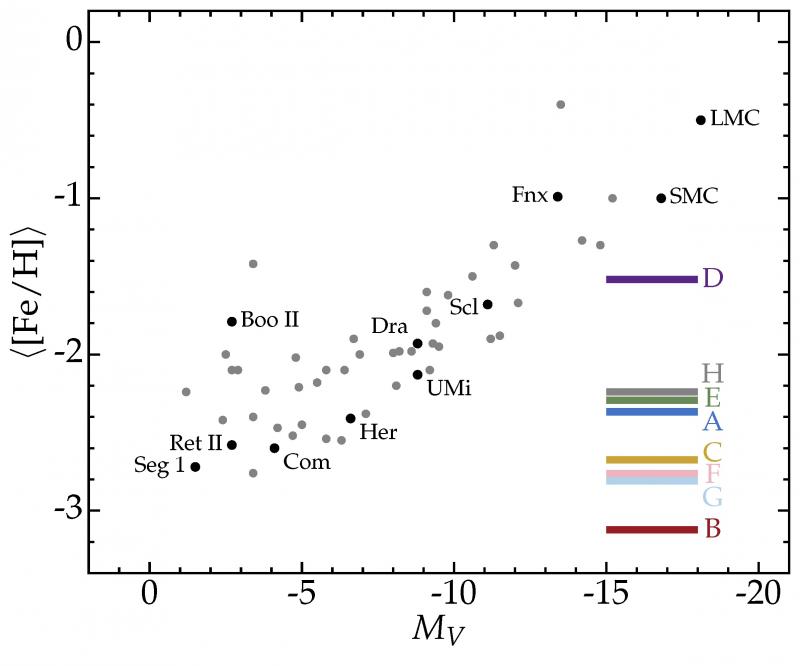
Using the Gaia satellite to study the environment…
Oct 22, 2018
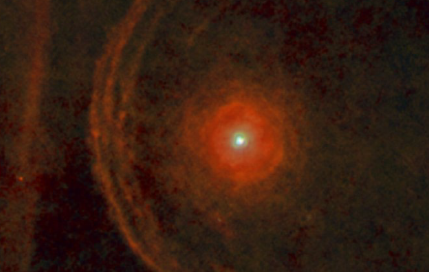
Neutrinos Before Collapse
Apr 20, 2018

A Speed Trap For Nuclei
Sep 02, 2015
Enhanced or Not Enhanced – That is the Question: L…
Jan 01, 2015

Discovery of the Brightest Ultra-Metal Poor Star
Jan 25, 2015
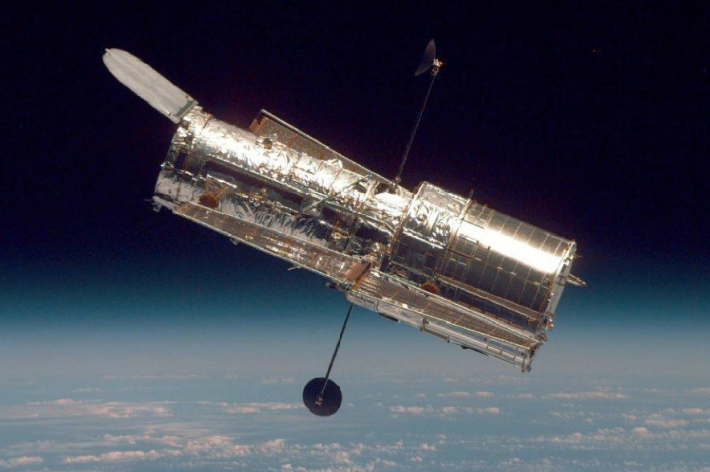
Hubble Space Telescope Near-Ultraviolet Spectrosco…
Jan 23, 2015
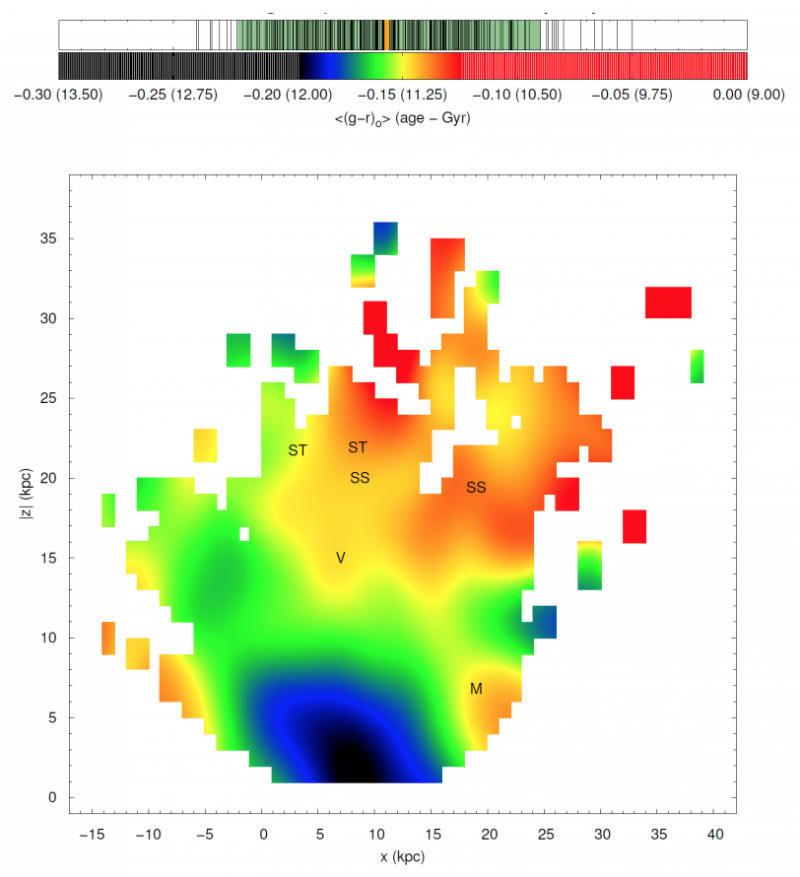
The First Age Map of the Galactic Halo
Oct 01, 2015
Super-AGB stars: A Nuclear Astrophysics Site for t…
Sep 01, 2015

Predicting Charged-Particle Reaction Rates with HA…
Jun 01, 2015
The Impact of Individual Nuclear Properties on R-P…
Dec 31, 2015
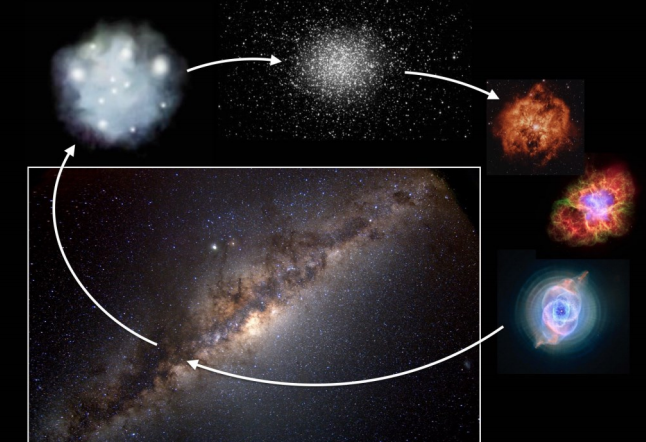
Uncertainties in Galactic Chemical Evolution Model…
Jan 01, 2016
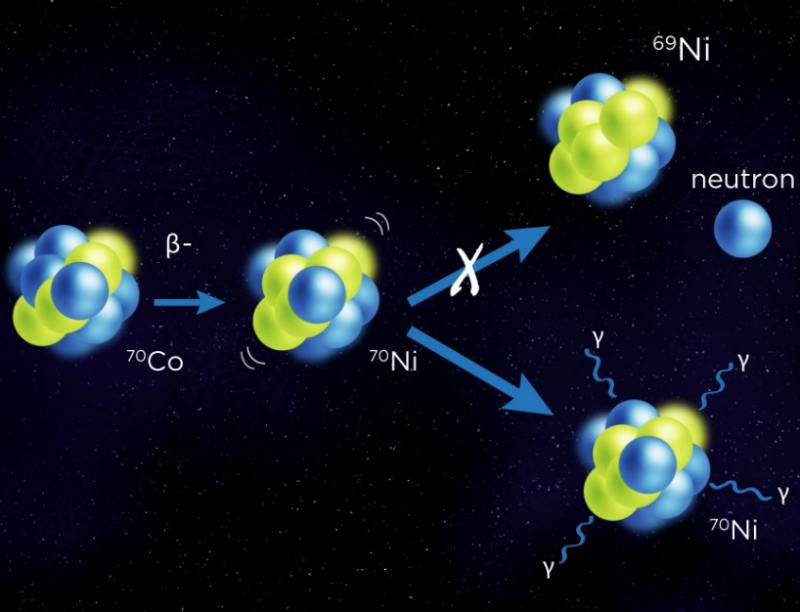
Broken Neutron Link in the Sky
Dec 31, 2016
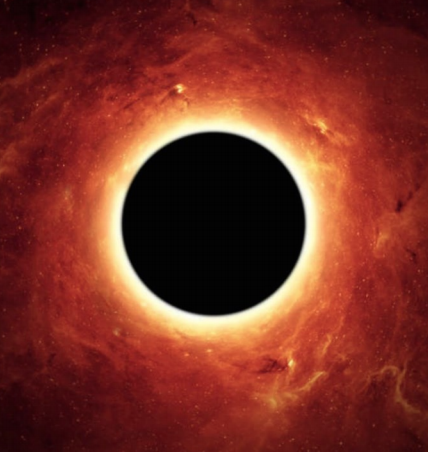
Islands of Non-Explodability and Chemical Evolutio…
Mar 01, 2017
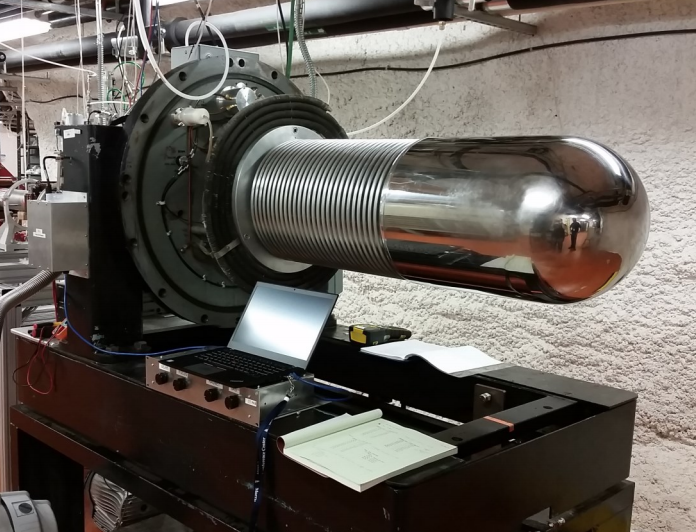
First CASPAR beam on the horizon
Jun 01, 2017
Following the Cosmic Evolution Of Pristine Gas
May 01, 2017
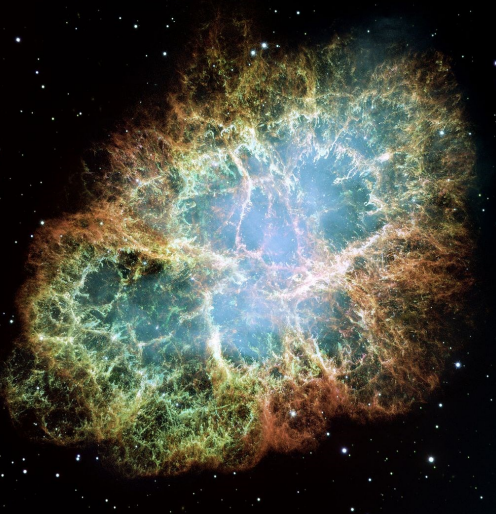
Nuclear experimentalists, theorists, and astrophys…
Jul 01, 2017

Probing Nuclear Astrophysics with Chemical Evoluti…
Aug 01, 2017
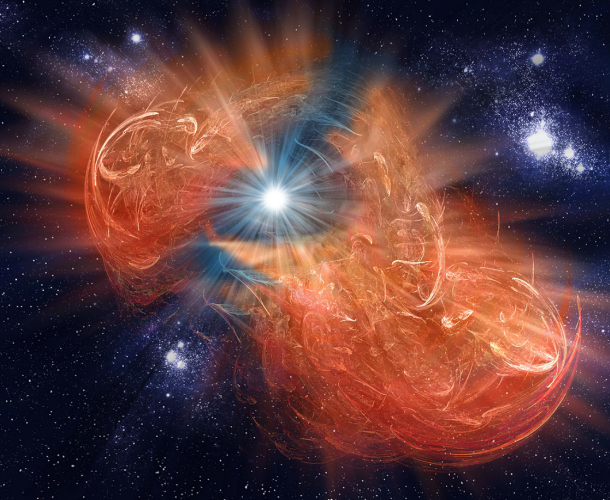
Nuclear Physics Is Needed To Predict White Dwarf P…
Jul 01, 2016
New 3-D Model Could Solve Supernova Mystery
Apr 01, 2015
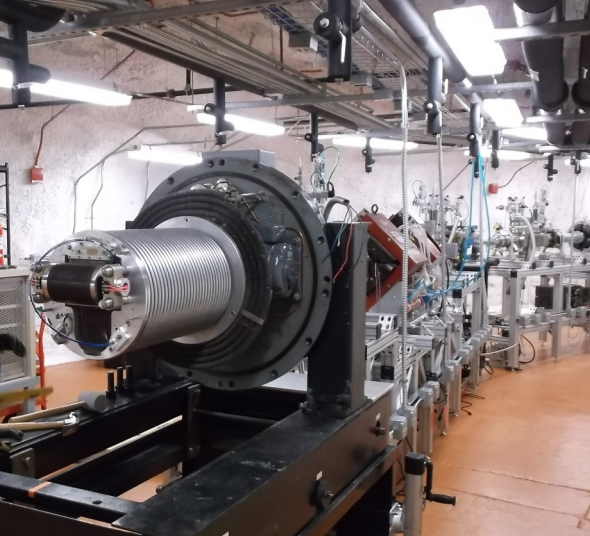
CASPAR Accelerator Assembled Underground
Feb 01, 2015

Weak-Rate Library for Astrophysical Simulations
Aug 08, 2016
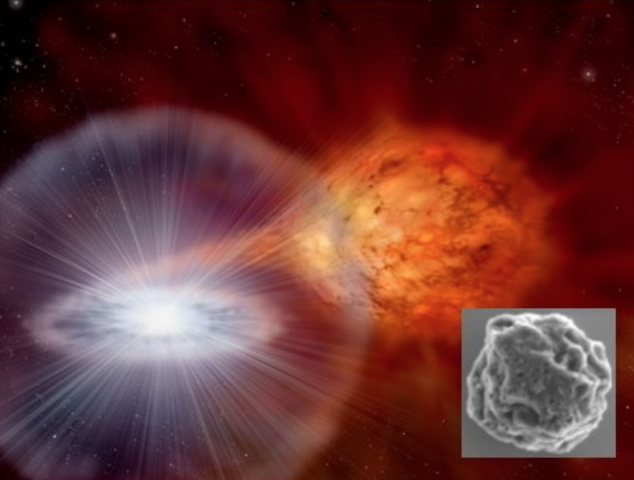
Tracing the Origins of Stardust in the Nuclear Phy…
Aug 08, 2016
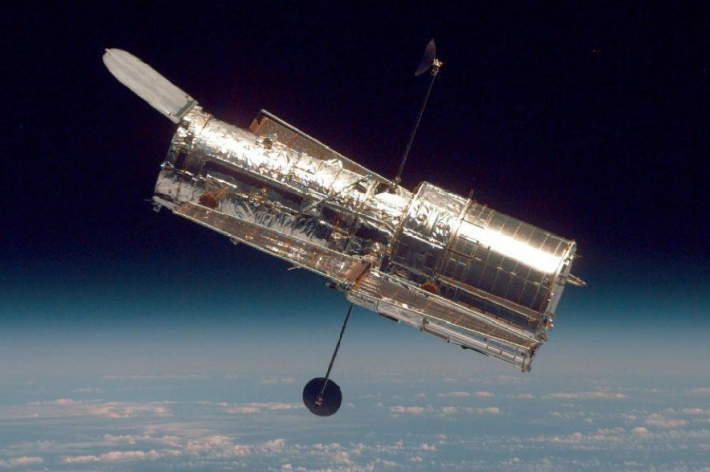
New Evidence for the i-process in the Early Galaxy
Aug 08, 2016
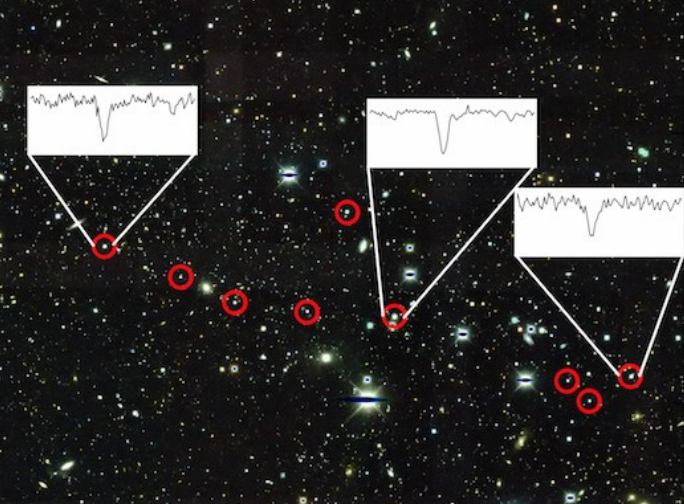
A rare and prolific r-process event preserved in a…
Aug 08, 2016
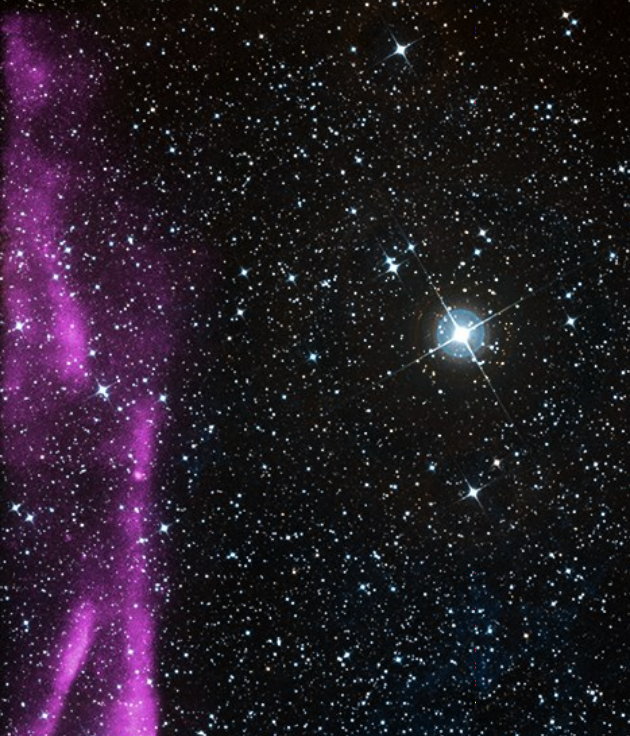
A New Study of One of the First Stars
May 12, 2016
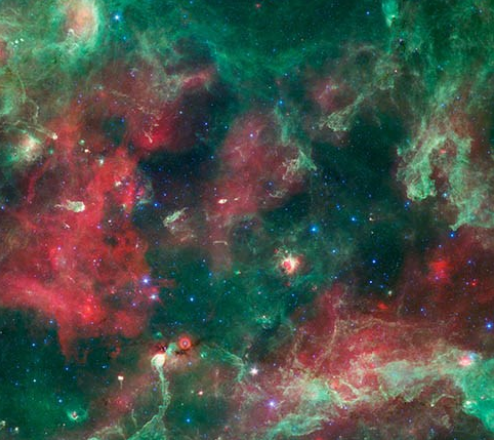
Low-mass supernova triggered the formation of our…
Dec 07, 2016
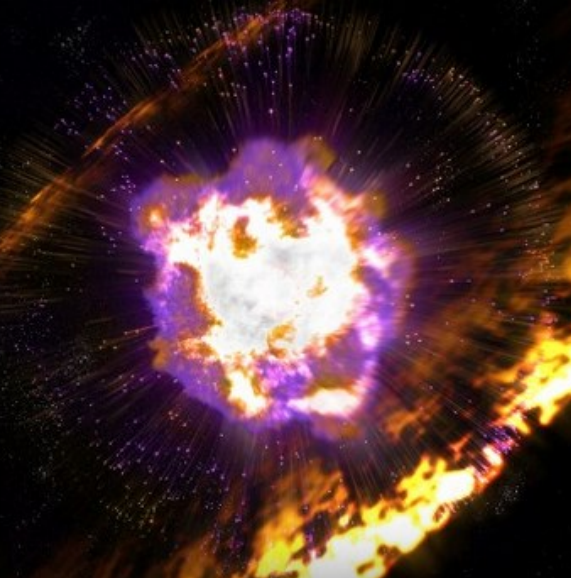
Impact of (α, n) reactions on weak r-process in ne…
Apr 19, 2017
i-process Nucleosynthesis and Mass Retention Effic…
May 22, 2017
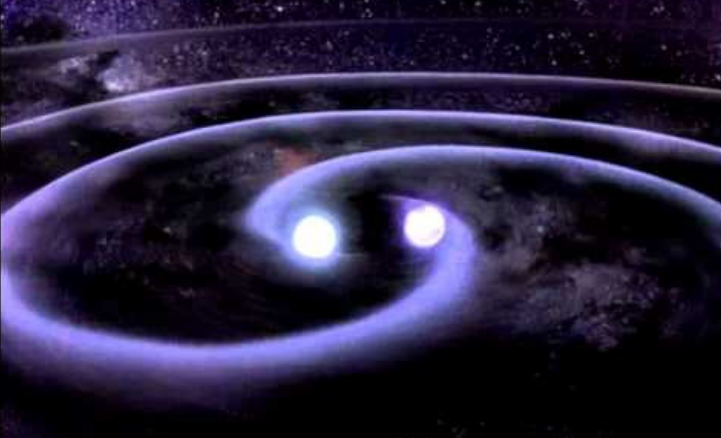
Advanced LIGO and the Origin of the r-Process
Jun 08, 2017
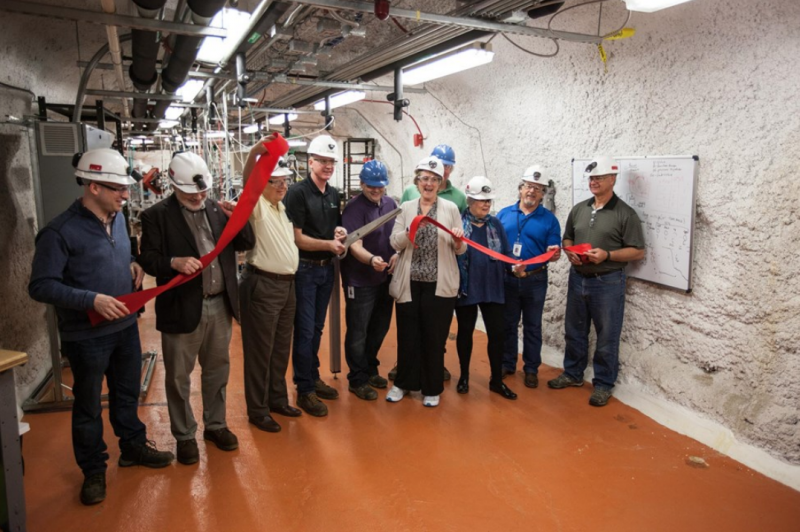
First Beam and Inauguration of CASPAR
Aug 07, 2017
Connecting the Dots: From Nucleosynthesis in Early…
Dec 18, 2017
